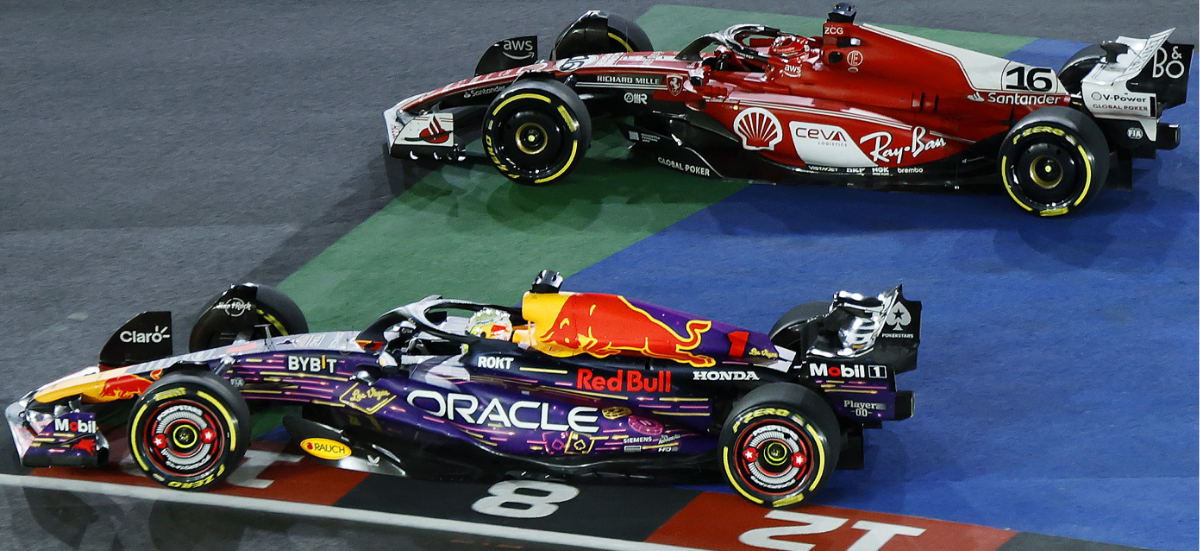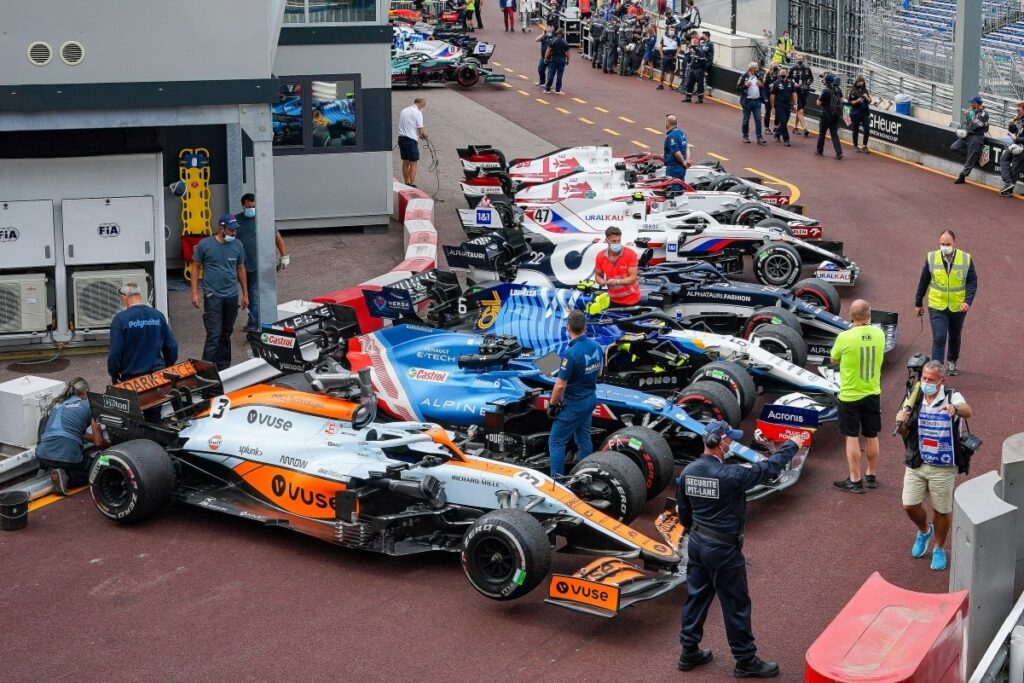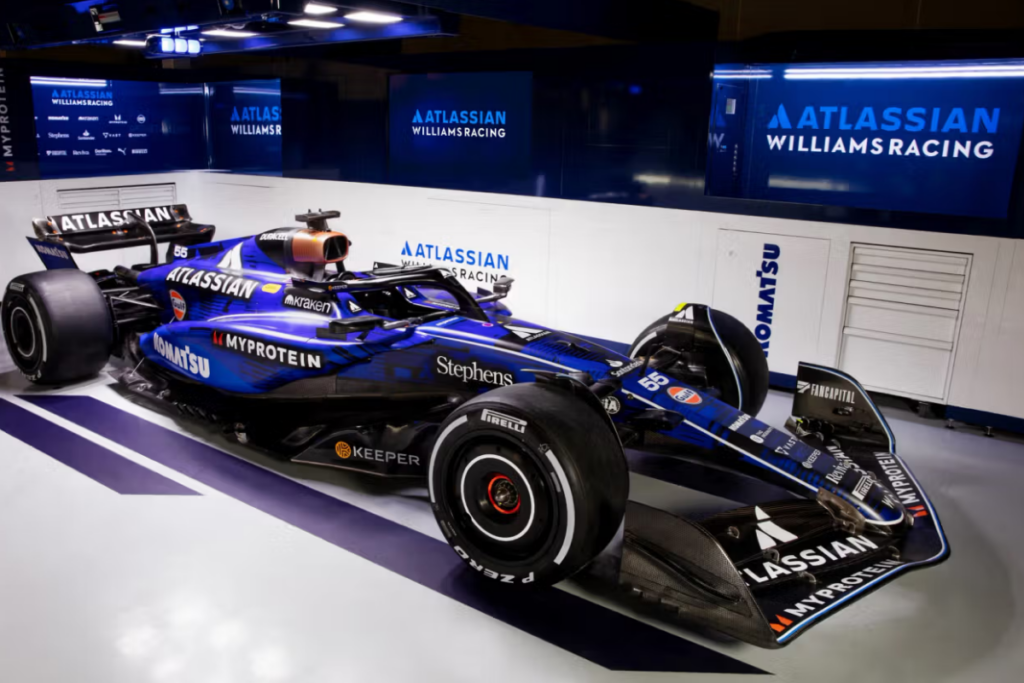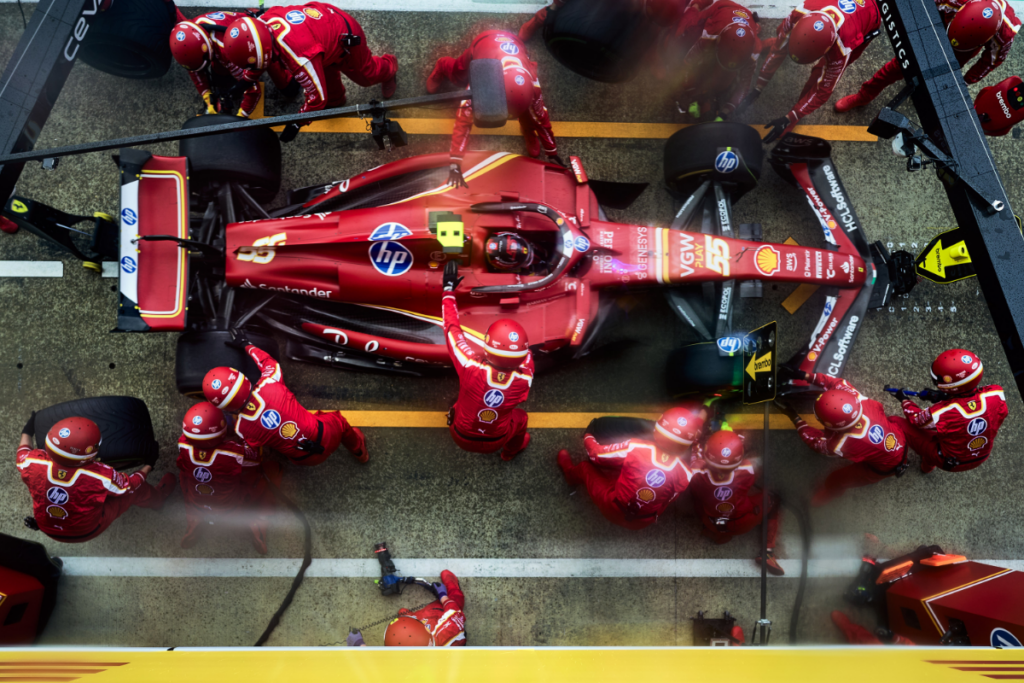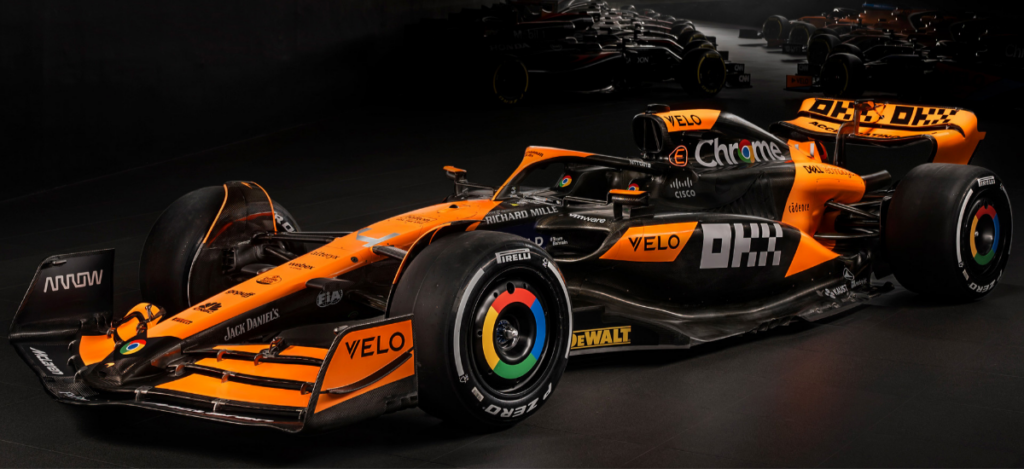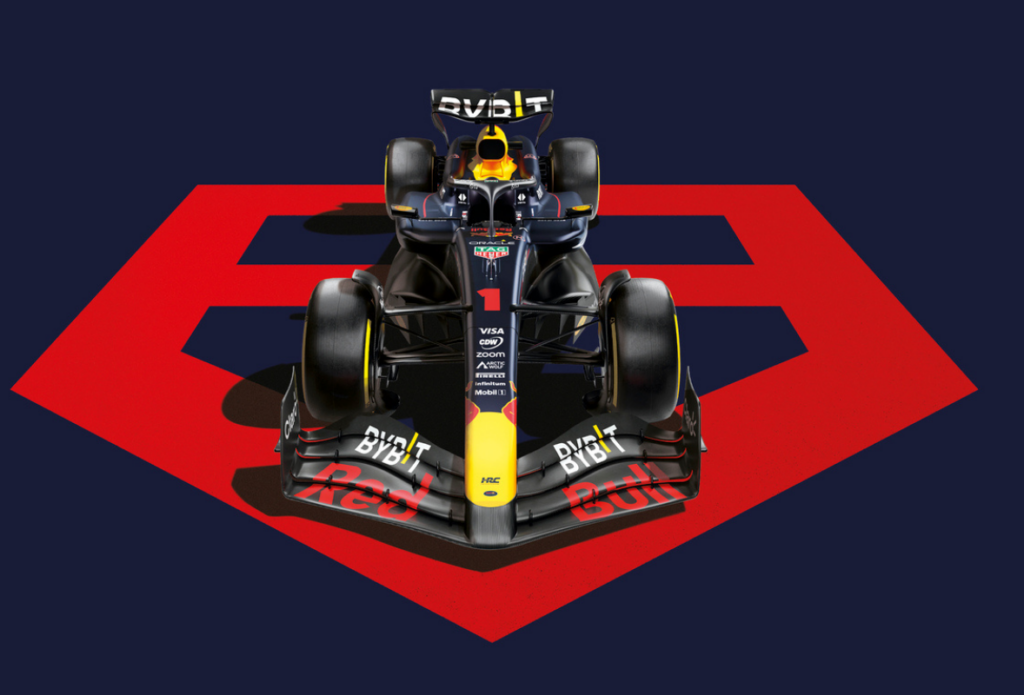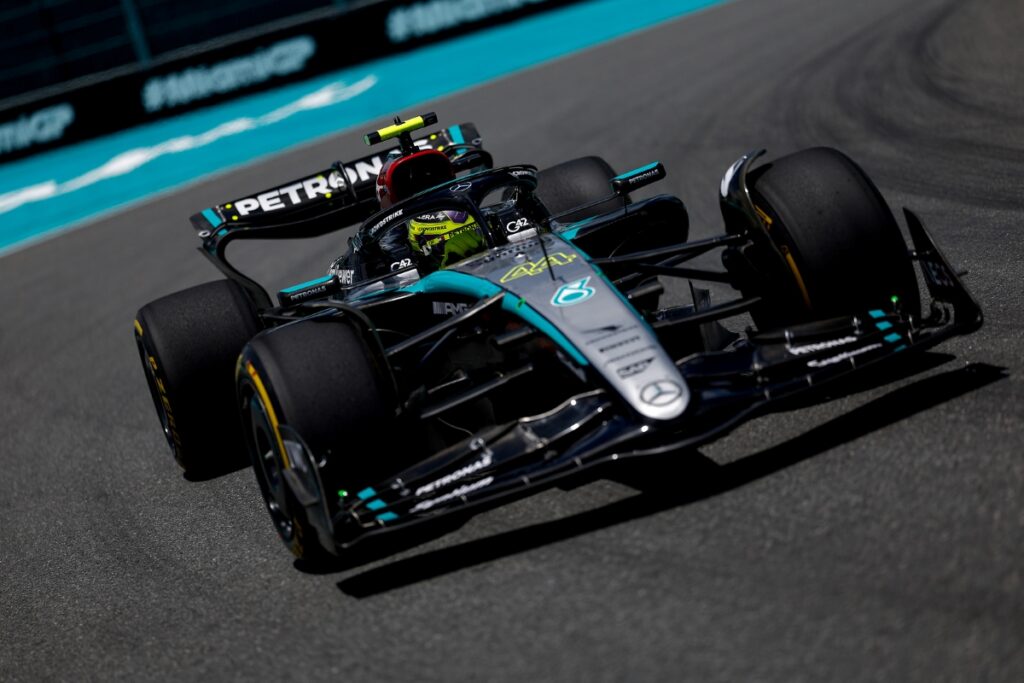In the world of Formula 1, every detail matters – from aerodynamics to engine power. But one aspect that often captures the imagination of fans and sponsors alike is the car’s livery.
The livery of an F1 car is more than just aesthetics; it is a powerful tool for branding, identity and storytelling.
During F1 Live 75 today at O2 London (20:00 GMT), each team will show its true colors. Here are some facts about the importance of decoration on F1 cars, why colors are chosen, and the iconic liveries of some of the most important teams: Williams, Ferrari, Mercedes, McLaren and Red Bull.

